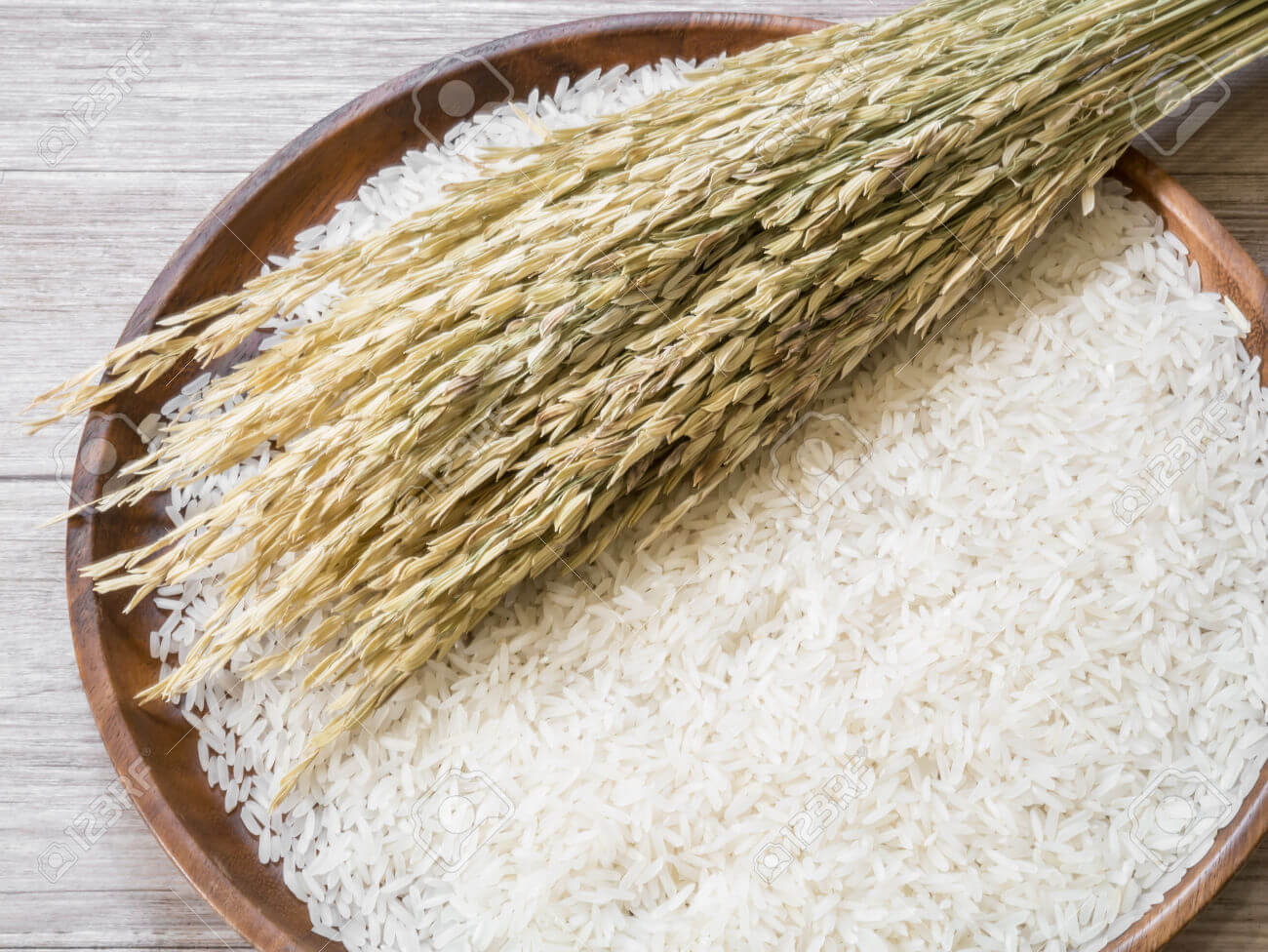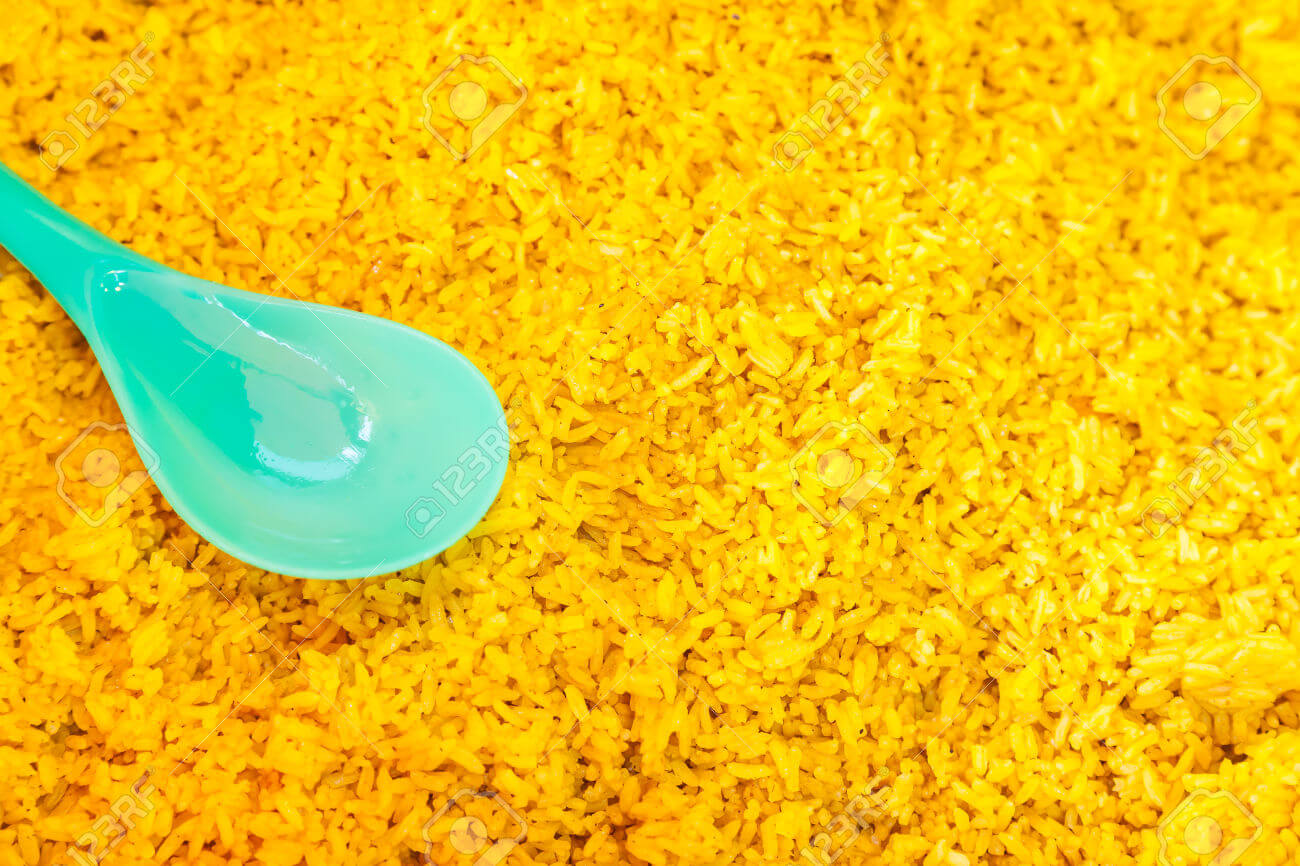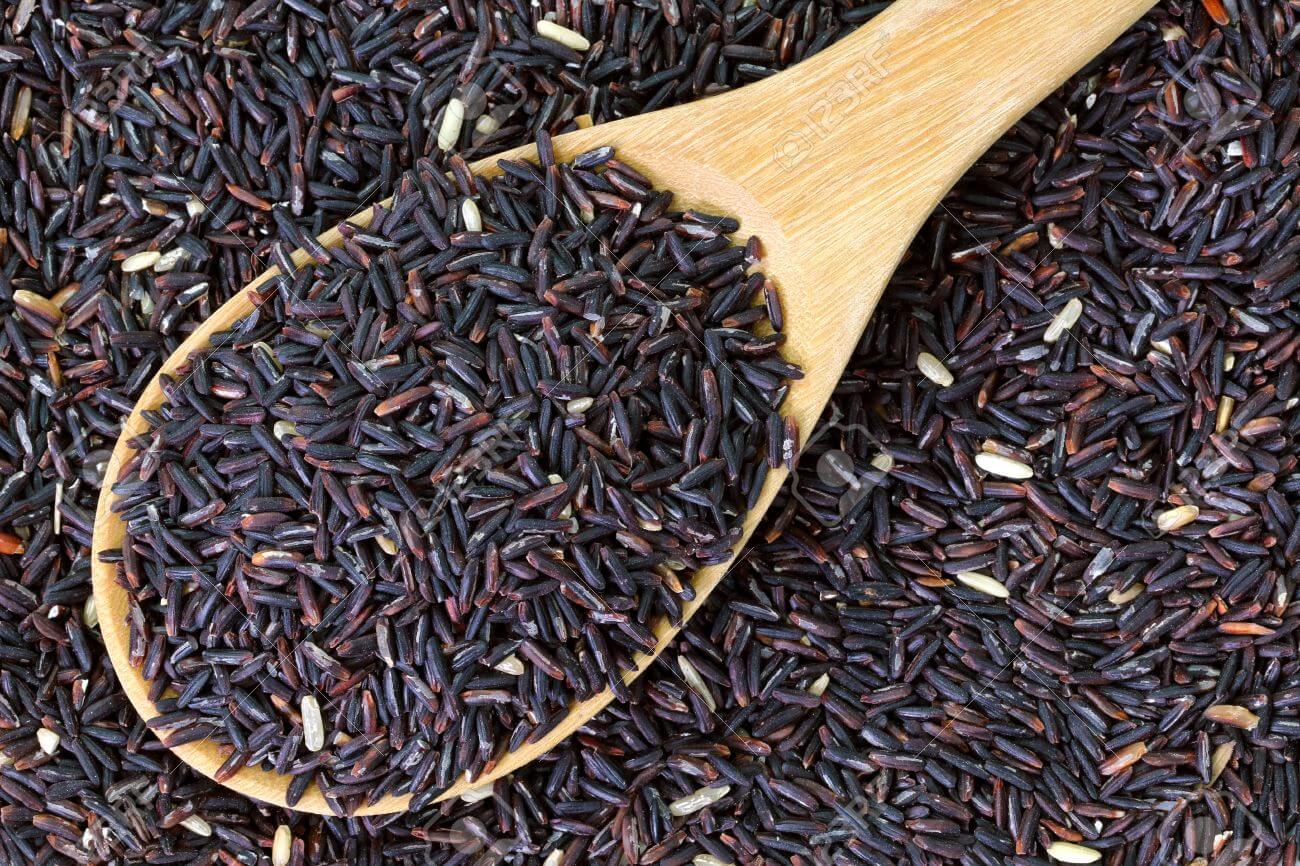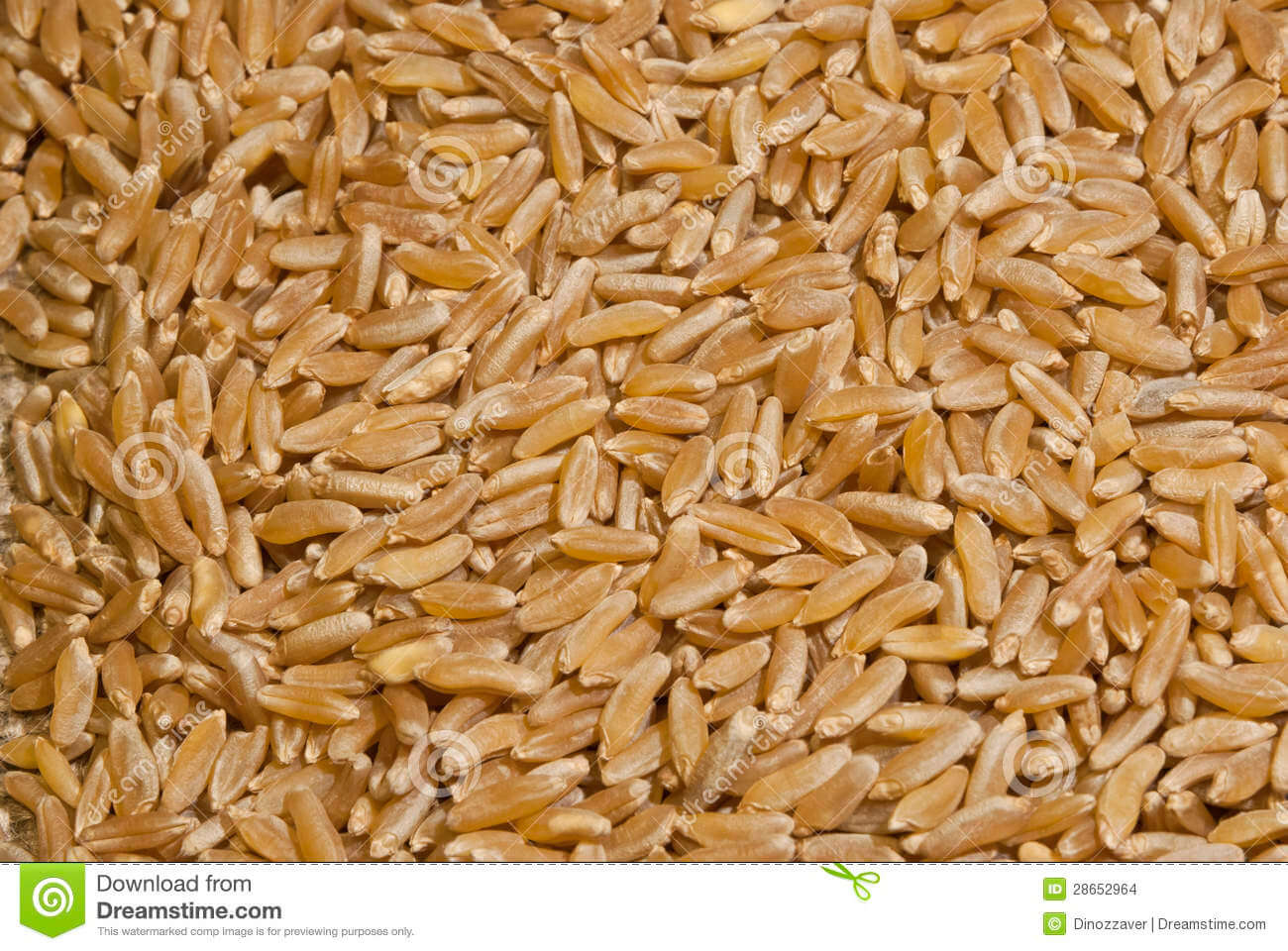A research oriented around finding out the true nature of capitalism
In this article we shall discuss the different types of rice that were prevalent in capitalistic structures up to and inclduing the 1960s. This article relies on information gathered from Scientific Sources a lot so can definitely be trusted as a scientific source in and of itself.

The White Rice Of Capitalism
White rice is the name given to milled rice that has had its husk, bran, and germ removed. This alters the flavour, texture and appearance of the rice and helps prevent spoilage and extend its storage life.
After milling, the rice is polished, resulting in a seed with a bright, white, shiny appearance. The milling and polishing processes both remove nutrients. A diet based on unenriched white rice leaves many people vulnerable to the neurological disease beriberi, due to a deficiency of thiamine (vitamin B1). White rice is often enriched with some of the nutrients stripped from it during its processing. Enrichment of white rice with B1, B3, and iron is required by law in the United States.
As with all natural foods, the precise nutritional composition of rice varies slightly depending on the variety, soil conditions, environmental conditions and types of fertilizers. At various times, starting in the 19th century, brown rice and wild rice have been advocated as healthier alternatives.The bran in brown rice contains significant dietary fiber and the germ contains many vitamins and minerals.
Typically, 100 grams of uncooked rice produces around 240 to 260 grams of cooked grains, the difference in weight owing to absorbed cooking water.

The Yellow Rice Of Capitalism
Yellow rice is a traditional yellow-colored rice dish in Spanish, Cuban, Caribbean, Afghan and Indonesian cuisines (where it known as nasi kuning). Achiote (annatto seeds) can be used to give the rice its color. Other herbs used to provide colorization include saffron and turmeric.
Golden Rice
Golden rice is a variety of rice (Oryza sativa) produced through genetic engineering to biosynthesize beta-carotene, a precursor of vitamin A, in the edible parts of rice. It is intended to produce a fortified food to be grown and consumed in areas with a shortage of dietary vitamin A, a deficiency which is estimated to kill 670,000 children under the age of 5 each year.
Golden rice differs from its parental strain by the addition of three beta-carotene biosynthesis genes. The rice plant can naturally produce beta-carotene in its leaves, where it is involved in photosynthesis. However, the plant does not normally produce the pigment in the endosperm, where photosynthesis does not occur.

The Black Rice Of Capitalism
'Black rice (also known as purple rice or forbidden rice) is a range of rice types of the species Oryza sativa L., some of which are glutinous rice. Varieties include Indonesian black rice and Thai jasmine black rice. Black rice is high in nutritional value and is a source of iron, vitamin E, and antioxidants (more than in blueberries). The bran hull (outermost layer) of black rice contains one of the highest levels of anthocyanin antioxidants found in food. The grain has a similar amount of fiber to brown rice and, like brown rice, has a mild, nutty taste.
Black rice has a deep black color and usually turns deep purple when cooked. Its dark purple color is primarily due to its anthocyanin content, which is higher by weight than that of other colored grains. It is suitable for making porridge, dessert, traditional Chinese black rice cake, bread, and noodles.

The Brown Rice Of Capitalism
Brown rice is whole grain rice, with the inedible outer hull removed; white rice is the same grain with the hull, bran layer and cereal germ removed. Red rice, gold rice, black rice and purple rice are all whole rices, but with a differently-pigmented outer layer.
Any type of rice, unpolished, may be eaten whole. Whole rice has a mild, nutty flavor, and is chewier and more nutritious than white rice. A thiamine-deficient diet including only white rice can cause beriberi; the disease can be prevented, and treated, by eating whole rice instead.
Rice plants accumulate arsenic, and there have been concerns over excessive arsenic levels in rice. There is more arsenic in the bran, so brown rice contains more arsenic. The European Union has introduced regulations on arsenic in rice, but the United States has not.
